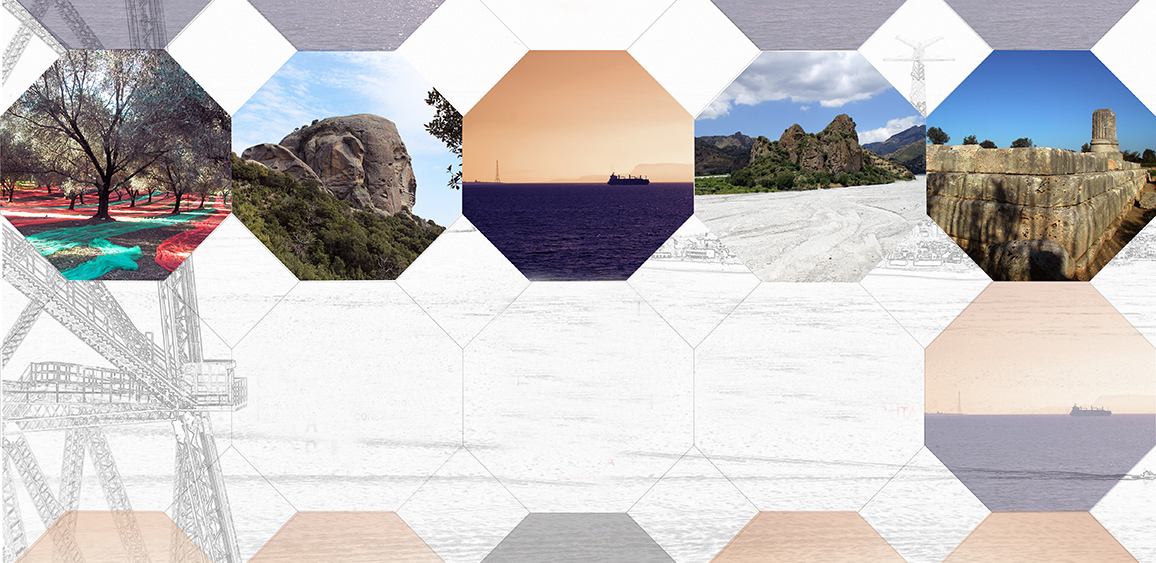The OAPPC of Reggio Calabria – on the occasion of the territorial meeting held in Tropea, eleventh stage of the 14 planned by the CNA, on the theme “The cities of the future. The cities in Calabria: a project for the future “, as part of the process of approaching the VIII National Congress of Italian Architects – has elaborated a document containing reflections, observations, visions and strategies whose main focus is “the Metropolitan Area of Reggio Calabria”, with the aim of identifying actions and interventions that can lead to the resolution of the critical issues present, and the start of new ones planning and planning addressed to: the re-use of existing buildings, actions to avoid further land use, the enhancement of territories and the recovery of identity landscapes, in line with current national and international trends.
Starting from the implementation of the indications of the current Regional Territorial Framework with Landscape value, which in defining an image of the future of the Calabrian territory, has identified a set of specific territorial components (mountain, coast, rivers and rivers, urban centers, rural areas, areas valuable agricultural and proximity campaign, cultural heritage, production system, infrastructures, networks and accessibility), which at the same time represent the resources on which the Region must leverage for the construction of a new development model based, fundamentally, on the enhancement of the historical-cultural, naturalistic-environmental and settlement heritage of the regional territory, has dealt with the topic foreseen by the Territory Project Landscape called “Strait Landscape”.
It was decided to propose project actions consistent with the Strategic Vision of the QTRP and with some Strategic Programs, in particular “Calabria a landscape park to be enhanced” and “Sustainable Territories”, which envisage a series of programmatic actions such as: the redevelopment of the coastal strip, of streams and waterways, enhancement of historic centers and rural settlements, improvement of the environmental and architectural quality of urban areas, enhancement of cultural and landscape assets, and the city-countryside agreement.
Italiano
